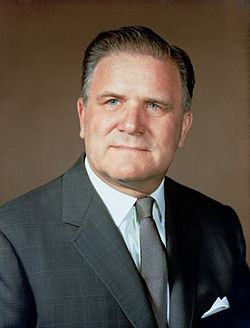| George Washington University Law School | |
|---|---|
| Parent school | George Washington University |
| Established | 1865 [1] |
| School type | Private law school |
| Parent endowment | $2.8 billion |
| Dean | Dayna Bowen Matthew [2] |
| Location | Washington, D.C., U.S. |
| Enrollment | 1,646 (2016) [3] |
| Faculty | 371 (2016) [3] |
| USNWR ranking | 31st (tie) (2025) [4] |
| Bar pass rate | 97.19% [5] |
| Website | law.gwu.edu |
| ABA profile | Standard 509 Report |
 | |
The George Washington University Law School (GW Law) is the law school of George Washington University, a private research university in Washington, D.C. Established in 1865, GW Law is the oldest law school in Washington, D.C. [6] [7]
Contents
- History
- 19th century
- 20th century
- Academics
- Admissions
- Rankings and reputation
- Curriculum
- Student recognition
- Publications
- Student life
- Campus
- Post-graduation employment
- Costs
- Notable people
- Faculty
- Alumni
- References
- External links
GW Law has an alumni network that includes notable people within the fields of law and government, including the former U.S. Attorney General, the former U.S. Secretary of the Interior, foreign heads of state, judges of the International Court of Justice, ministers of foreign affairs, a Director-General of the World Intellectual Property Organization, a Director of the CIA, members of U.S. Congress, U.S. State Governors, four Directors of the FBI, and numerous Federal judges.



























